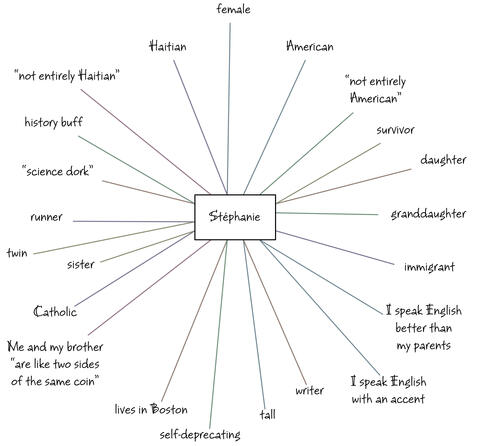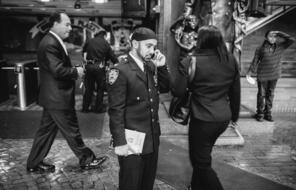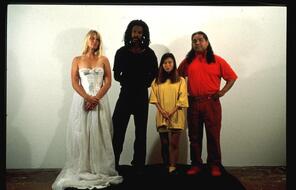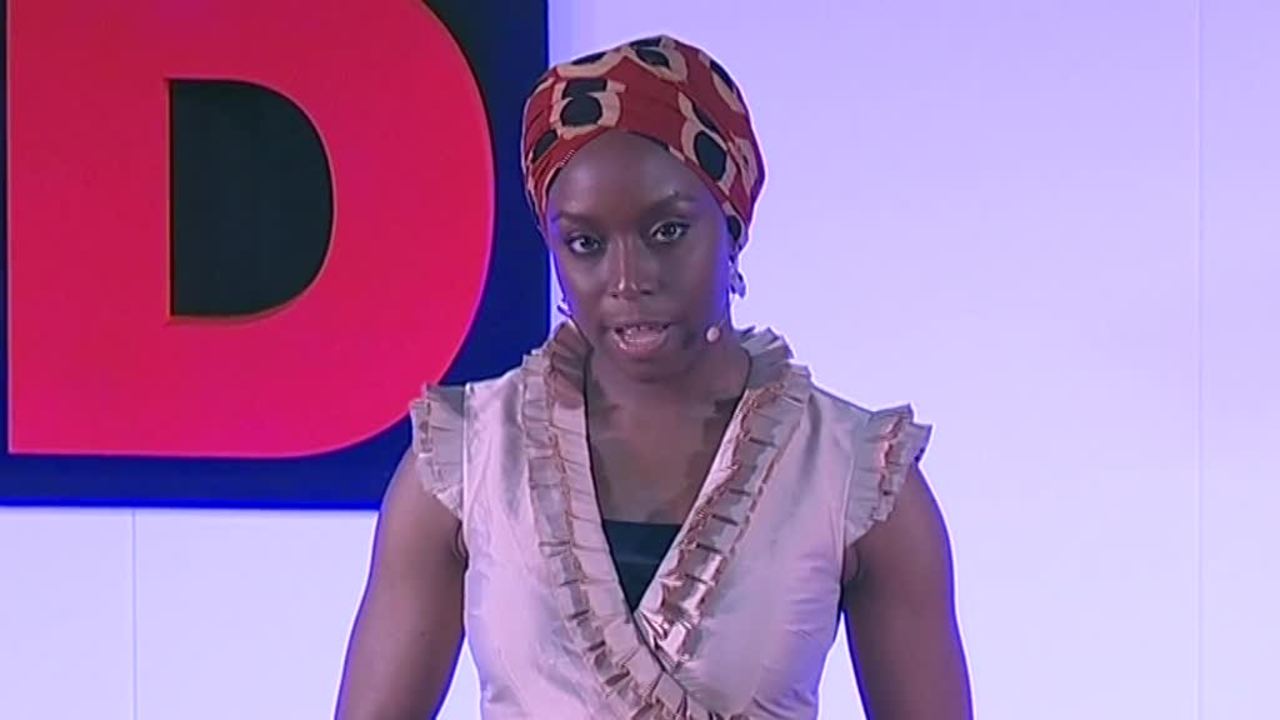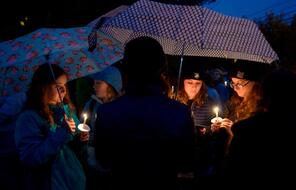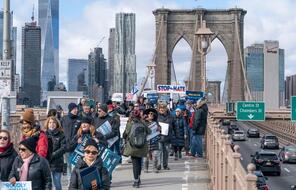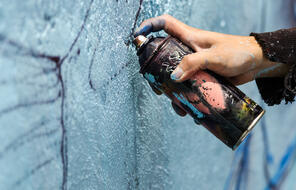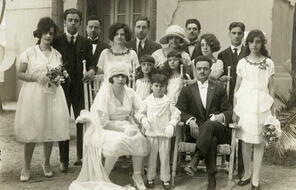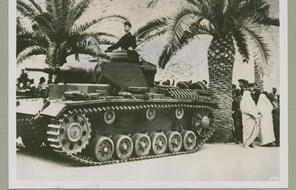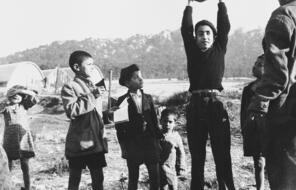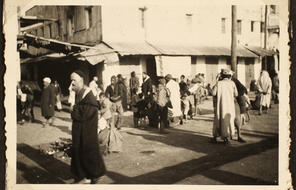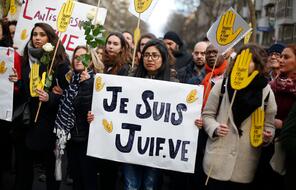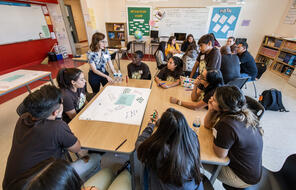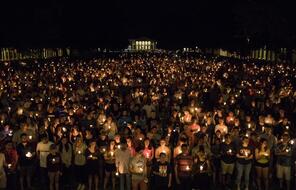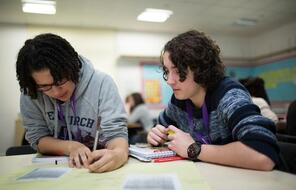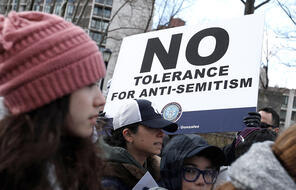
Mini-Lesson
Current Event
Stereotypes, Media, and Islamophobia
This mini-lesson is designed to help students reflect on how the movies, shows, and books we consume can reinforce stereotypes about Muslims and the harmful impact stereotyping has on people's lives.
Subject
- Civics & Citizenship
- Social Studies
Grade
6–12Language
English — USPublished
Overview
About This Mini-Lesson
This mini-lesson is designed to help students reflect on how stereotypes—specifically stereotypes about Muslims—can be reinforced through the media we consume and the negative impacts that these stereotypes can have on people’s lives.
Activities
Activities
Materials and Downloads
Resources from Other Organizations
These are the resources from external sources that we recommend using with students throughout the activities in this mini-lesson.
Additional Resources
Unlimited Access to Learning. More Added Every Month.
Facing History & Ourselves is designed for educators who want to help students explore identity, think critically, grow emotionally, act ethically, and participate in civic life. It’s hard work, so we’ve developed some go-to professional learning opportunities to help you along the way.
Exploring ELA Text Selection with Julia Torres
On-Demand
Virtual
Listen to #DisruptTexts founder Julia Torres about taking a critical lens to text selection in ELA classrooms.

Working for Justice, Equity and Civic Agency in Our Schools: A Conversation with Clint Smith
On-Demand
Virtual
Listen to writer and educator Dr. Clint Smith as he shares his poetry and reflections on working for justice, equity, and civic agency in our schools.

Centering Student Voices to Build Community and Agency
On-Demand
Virtual
Explore approaches to centering student voice, building authentic relationships and cultivating community with Molly Josephs, the creator of This Teenage Life, a youth-driven, story-sharing podcast that started as a school club.

Most teachers are willing to tackle the difficult topics, but we need the tools.
—
Gabriela Calderon-Espinal, Bay Shore, NY

